Best Timing for Flea Removals
Flea infestations can occur year-round, but certain seasons see higher activity levels. The optimal time for flea removals depends on local climate and environmental conditions, with warmer months typically presenting increased risks of flea proliferation.
Flea activity begins to rise as temperatures warm, making spring and early summer ideal for proactive removal and prevention measures.
Fleas continue to thrive in late summer, and infestations often peak during this period, requiring targeted removal efforts.
In colder climates, flea activity diminishes, but indoor environments can still harbor fleas, making winter treatments important for indoor spaces.
Implementing flea control before peak seasons can prevent infestations from establishing, reducing long-term issues.

Increased flea activity during summer months necessitates timely removal efforts.

Fleas can persist indoors regardless of outdoor conditions.

Timing treatments seasonally helps control flea populations effectively.

Ways to make Flea Removals work in tight or awkward layouts.
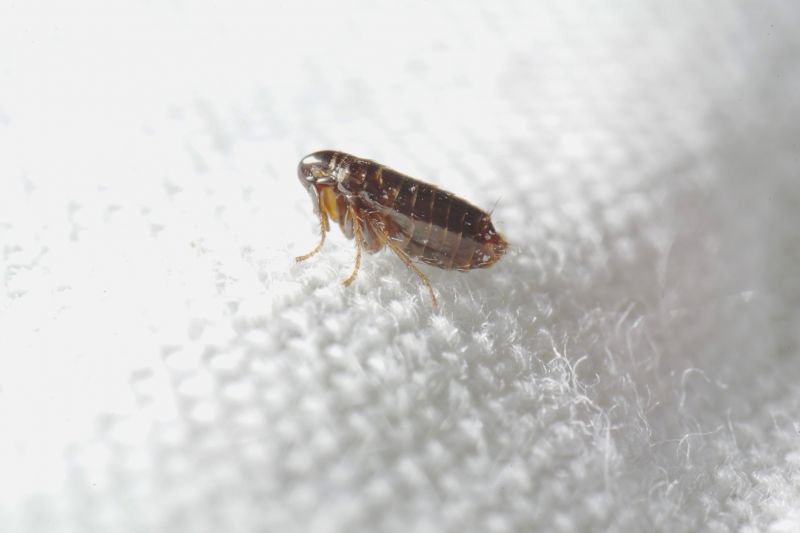
Popular materials for Flea Removals and why they hold up over time.

Simple add-ons that improve Flea Removals without blowing the budget.
Flea removals involve targeted treatments to eliminate adult fleas, larvae, and eggs from indoor and outdoor environments. Effective control requires understanding flea life cycles and environmental factors that influence their proliferation. Fleas can cause discomfort to pets and humans, and infestations can lead to secondary health issues if not addressed promptly. Statistics indicate that flea infestations are most common during warmer months, with reinfestation risks increasing if preventative measures are not maintained.
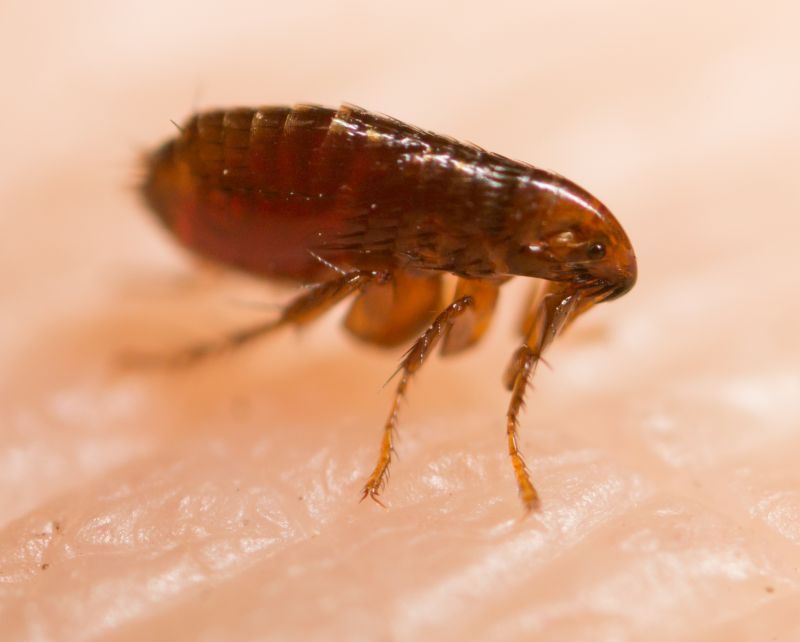
Flea eggs hatch into larvae within days, making timely removal crucial.
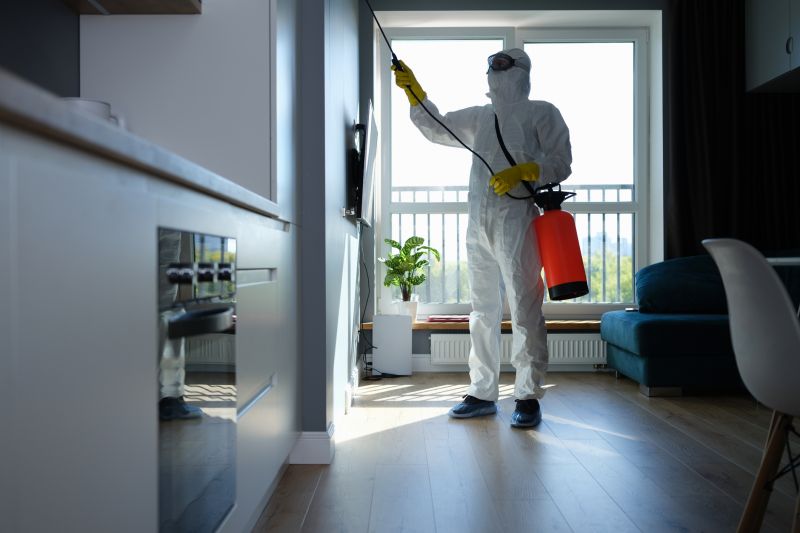
Indoor treatments target hidden flea stages in carpets and furniture.
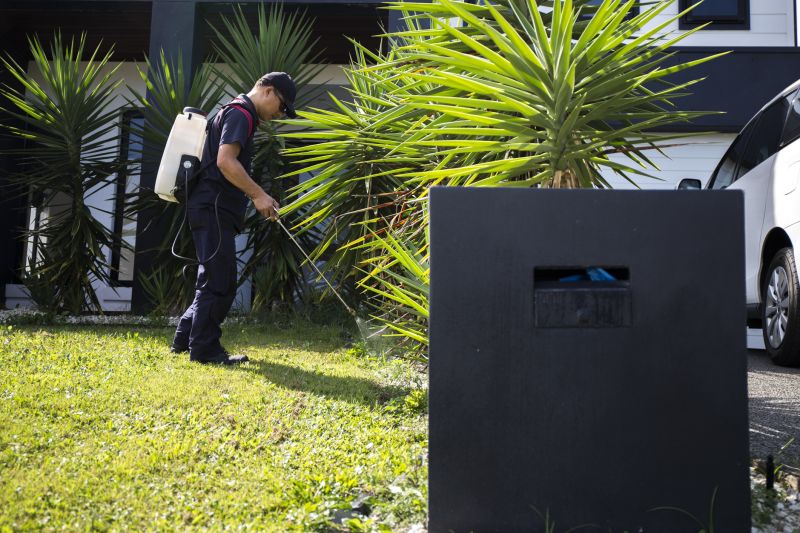
Yard treatments reduce outdoor flea breeding grounds.
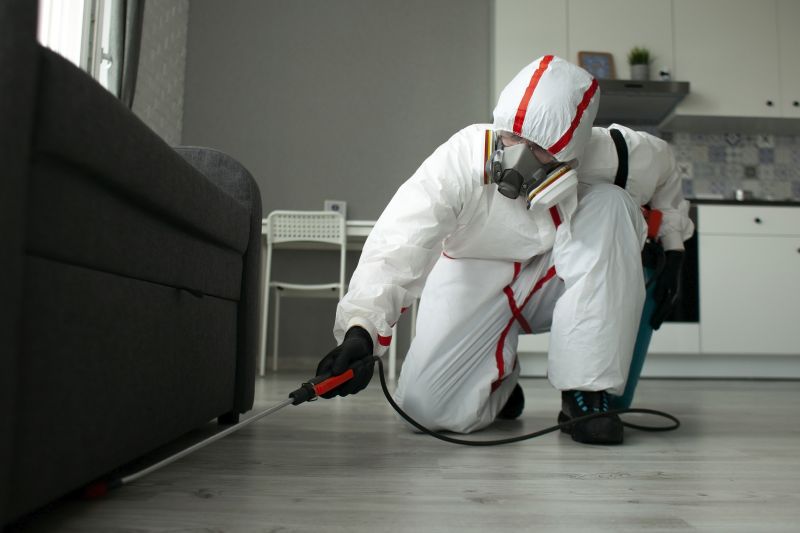
Pet-focused treatments help prevent indoor infestations.
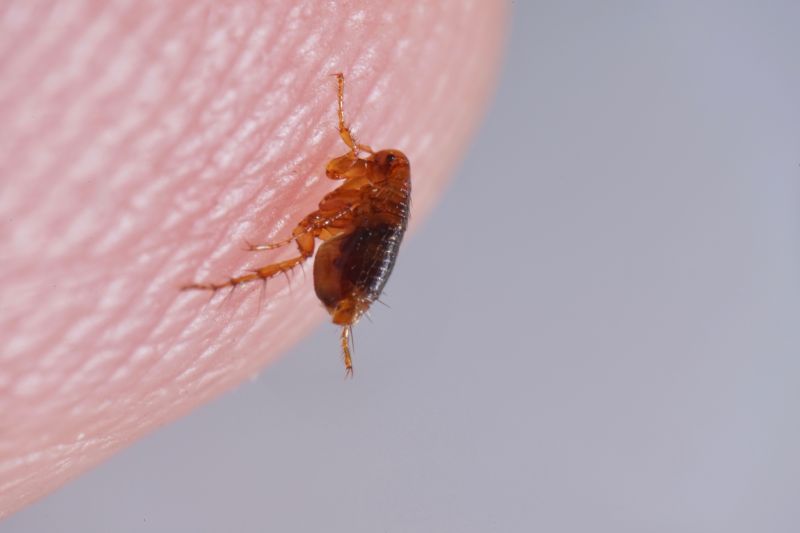
High-end options that actually feel worth it for Flea Removals.

Finishes and colors that play nicely with Flea Removals.

Little measurements that prevent headaches on Flea Removals day.
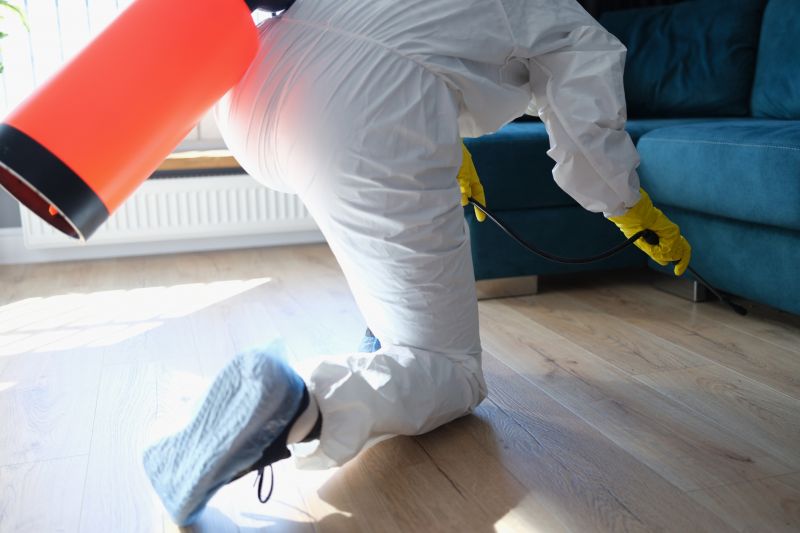
A 60-second routine that keeps Flea Removals looking new.

A frequent mistake in Flea Removals and how to dodge it.

Small tweaks to make Flea Removals safer and easier to use.

Lower-waste or water-saving choices for Flea Removals.
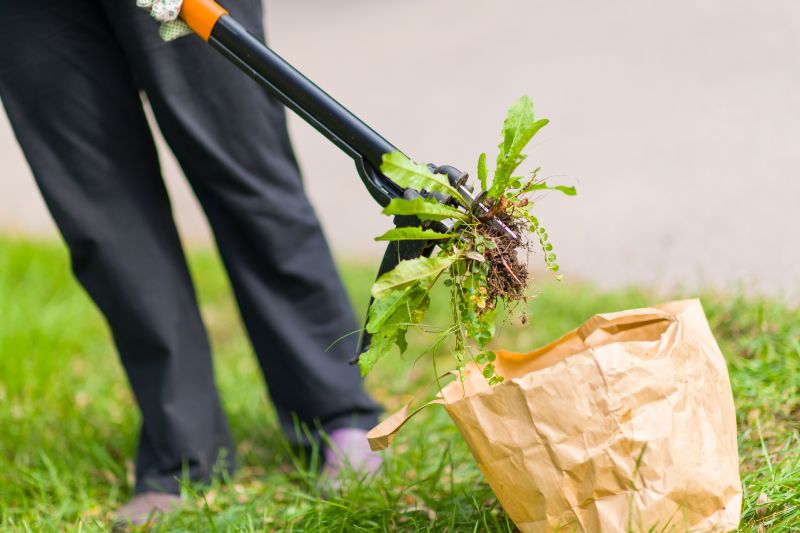
The short, realistic tool list for quality Flea Removals.
| Season | Flea Activity Level |
|---|---|
| Spring | Increasing |
| Early Summer | High |
| Late Summer | Peak |
| Fall | Declining |
| Winter | Low indoors, variable outdoors |
Timing flea removals appropriately can significantly reduce the risk of persistent infestations. Regular inspections, especially during peak flea seasons, are recommended to identify early signs of activity. Combining environmental treatments with pet care and preventive measures ensures comprehensive control. Flea populations tend to increase rapidly without intervention, underscoring the importance of timely action.

Understanding the flea life cycle aids in effective removal strategies.
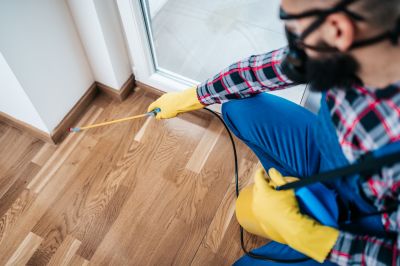
Seasonal treatments help prevent future infestations.
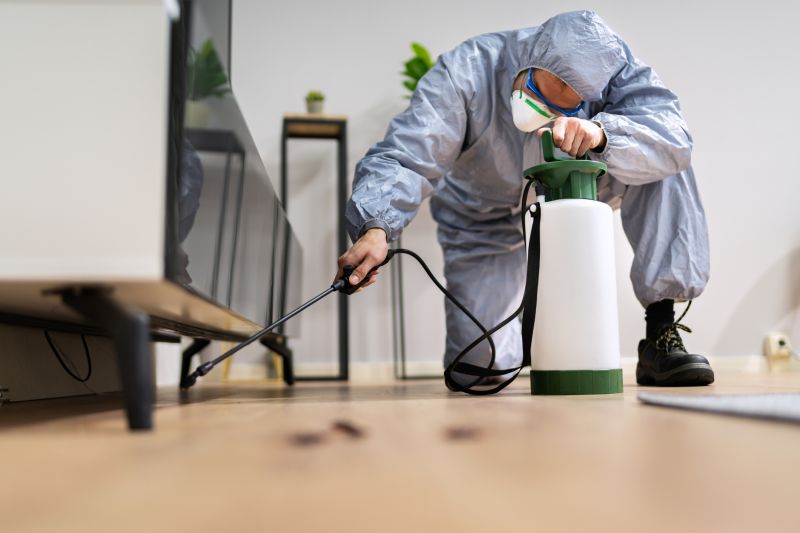
Both environments require targeted control efforts.

Rough timing from prep to clean-up for Flea Removals.
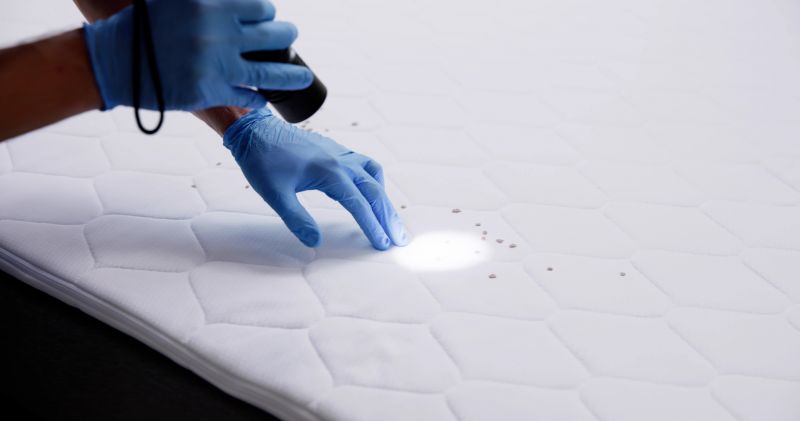
Quick checks and paperwork to keep after Flea Removals.

Examples that show the impact a good Flea Removals can make.
Effective flea removal depends on timing, environment, and ongoing prevention. Regular cleaning, outdoor yard maintenance, and pet treatments contribute to a comprehensive approach. Recognizing seasonal patterns and acting proactively can minimize the impact of fleas on households and pets. Consulting with pest control professionals can optimize treatment schedules and methods for best results.
For those interested in flea removal services, filling out the contact form provides a way to receive tailored advice and scheduling options. Early intervention can help prevent larger infestations and reduce long-term issues associated with flea populations.



